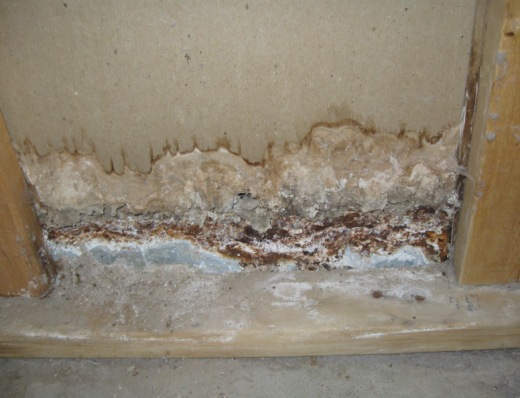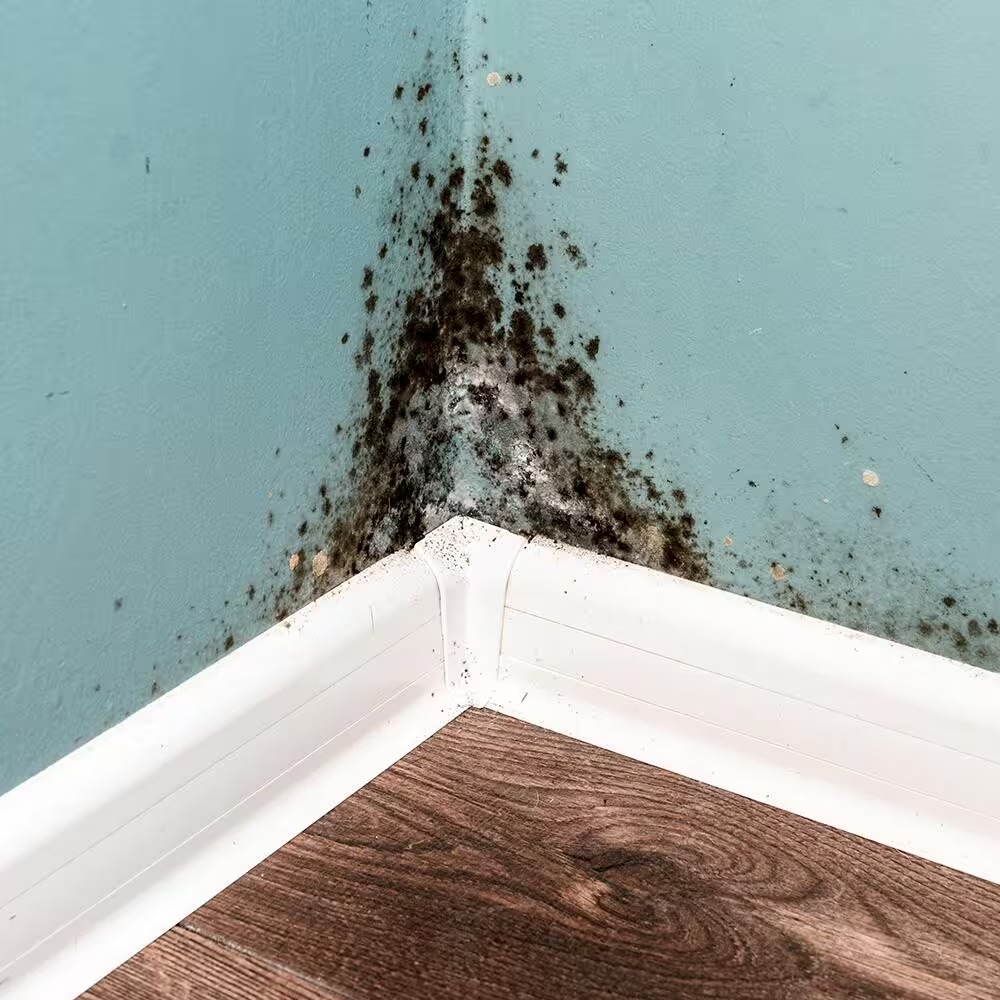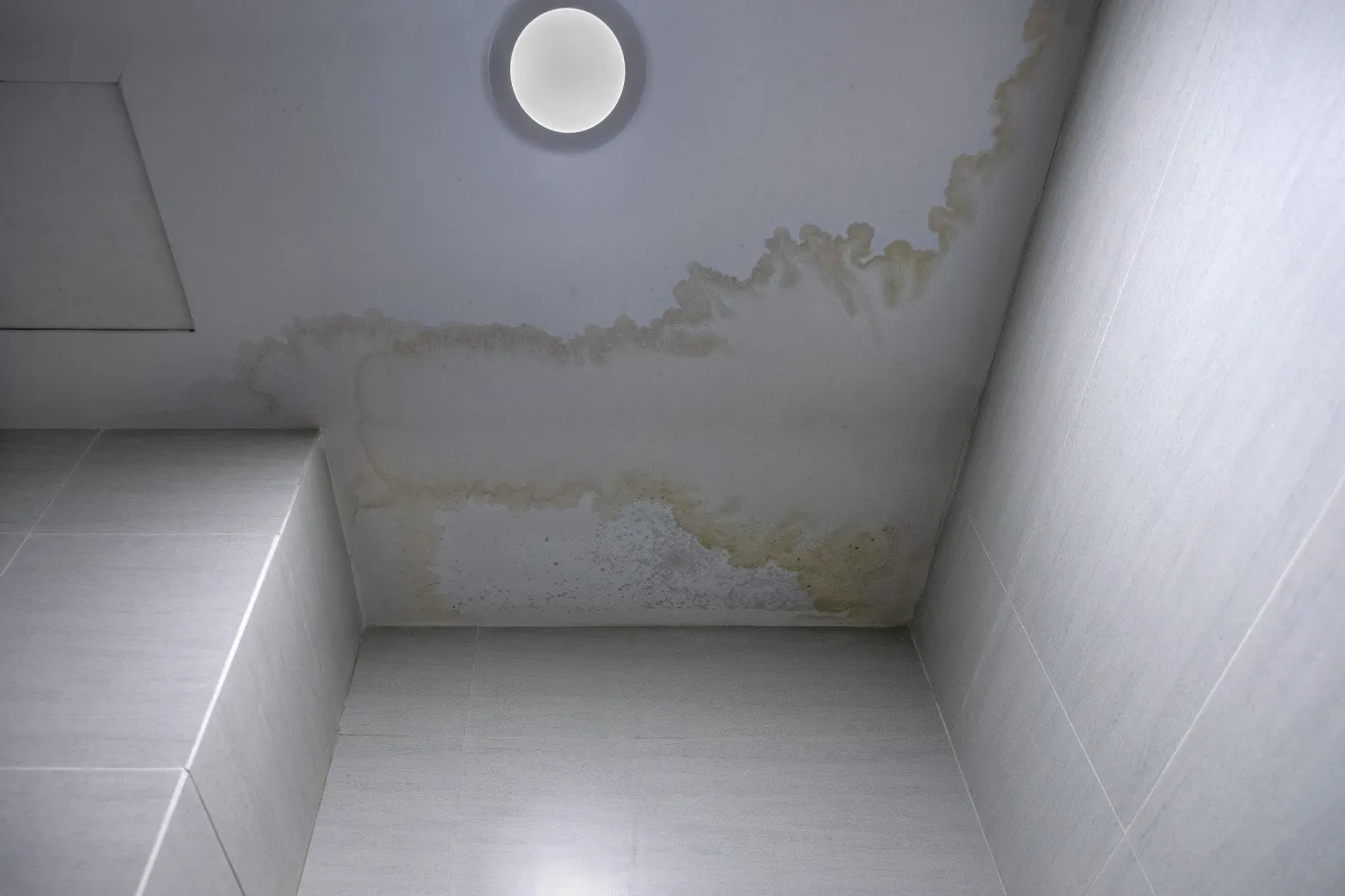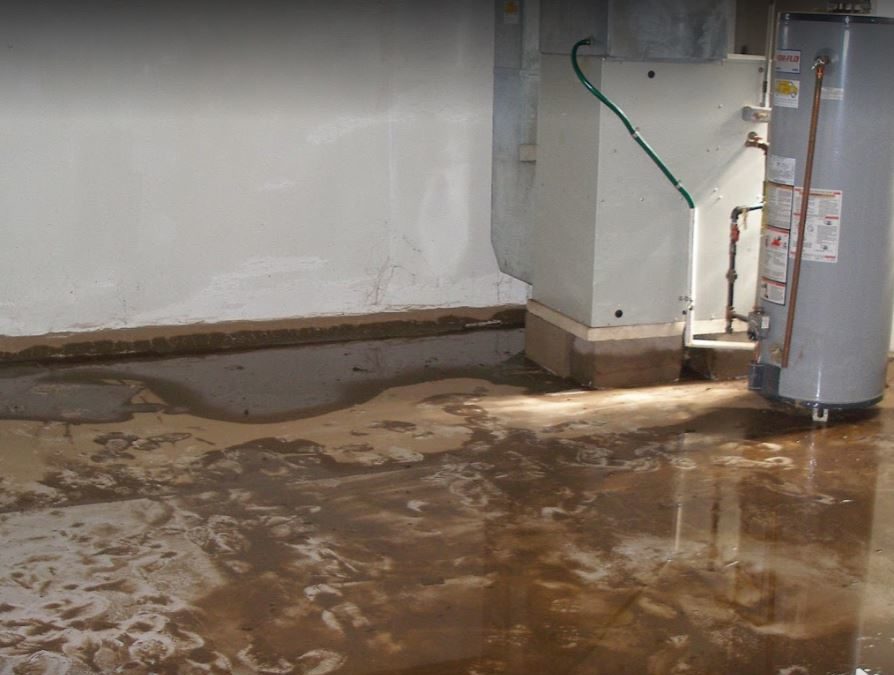How Long Does It Take for Mold to Grow? Everything You Need to Know

Ever wondered how long it takes for mold to grow? Mold can start growing much faster than you think, especially after water damage or exposure to high humidity. Understanding how quickly mold can develop is essential to preventing it from spreading throughout your home. In this comprehensive guide, we’ll break down the factors that contribute to mold growth, the ideal conditions for mold to thrive, and how to prevent it. If you’ve experienced water damage or suspect mold in your home, it’s time to act fast. Contact Citywide Mold Mitigation for professional mold remediation services today.
How Quickly Does Mold Grow?
Mold can begin to grow in as little as 24 to 48 hours after moisture exposure. That means if your home experiences flooding, a leak, or high humidity levels, mold could start developing within just a day or two. Mold spores are always present in the air, but they need the right conditions—namely moisture, a food source, and warmth—to start growing.
According to the EPA, mold growth can occur on nearly any surface, including wood, drywall, insulation, and carpet. Once mold begins to grow, it can spread rapidly, especially if the moisture problem isn’t addressed. This is why prompt action is critical after any water-related incident.

The Stages of Mold Growth
Mold doesn’t just appear overnight. It goes through several stages of development, each of which presents different risks to your home and health. Here’s a look at how mold grows over time:
| Stage | Timeframe | Description |
|---|---|---|
| Initial Spores Land | Immediately | Mold spores are always present in the air, and they land on surfaces immediately after water exposure or moisture buildup. |
| Germination Begins | 24-48 hours | If the surface provides the right conditions (moisture, warmth, and a food source), mold spores will begin germinating and forming colonies. |
| Mold Becomes Visible | 3-12 days | Within days, mold growth becomes visible to the naked eye, often appearing as black, green, or white patches on surfaces. |
| Spreading and Damage | 1-2 weeks | Once established, mold spreads rapidly, feeding on organic materials like wood, drywall, or carpet. The longer it goes untreated, the more damage it causes. |
What Factors Affect Mold Growth?

Several key factors influence how quickly mold can grow and spread. If your home provides the right environment for mold, it can establish itself within hours. Here are the main factors that contribute to mold growth:
1. Moisture
Moisture is the number one cause of mold growth. Whether it’s from a flood, leaking pipes, or high humidity, mold needs water to thrive. Areas like bathrooms, kitchens, basements, and attics are particularly prone to mold growth due to the frequent exposure to moisture.
2. Food Source
Mold feeds on organic materials such as wood, drywall, carpet, and even dust. This is why you’ll often see mold growing on walls, ceilings, and flooring materials after water damage. Keeping your home dry and free of organic debris can help prevent mold.
3. Temperature
Mold grows best in warm environments. Temperatures between 77°F and 86°F are ideal for mold development. While mold can grow in cooler temperatures, warmth accelerates the process.
4. Poor Ventilation
Areas with poor ventilation trap moisture, creating the perfect breeding ground for mold. Spaces like basements, attics, and bathrooms without adequate air circulation are especially vulnerable to mold growth.
How to Prevent Mold Growth

Since mold can start growing so quickly, it’s important to take steps to prevent it before it becomes a serious problem. Here’s how you can keep mold at bay:
1. Control Humidity Levels
Mold thrives in environments with high humidity. Use dehumidifiers in moisture-prone areas like basements and bathrooms to keep humidity levels below 50%. You can learn more about managing humidity and preventing mold at the CDC’s mold prevention page.
2. Fix Leaks Immediately
Leaks from plumbing, roofs, or windows can introduce moisture into your home, giving mold the opportunity to grow. Repair any leaks as soon as you notice them to prevent mold from developing.
3. Improve Ventilation
Ensure proper ventilation in areas that frequently accumulate moisture. This includes using exhaust fans in kitchens and bathrooms, opening windows when possible, and ensuring air can circulate freely throughout your home.
4. Dry Out Wet Areas Immediately
If you experience water damage from flooding, a leaky pipe, or a spill, dry out the affected area as quickly as possible. Use towels, fans, or dehumidifiers to remove moisture and prevent mold from taking root.
When to Call Citywide Mold Mitigation for Help
While you can take steps to prevent mold, sometimes professional help is necessary, especially if mold has already started growing. Mold can spread rapidly, and if it’s not treated properly, it can cause structural damage to your home and pose health risks to your family.
If you suspect mold in your home or have experienced water damage, don’t wait for mold to grow. Call Citywide Mold Mitigation for expert mold inspection and removal services. Our experienced team will assess the situation, remove mold safely, and help you prevent future growth.
FAQ
| Question | Answer |
|---|---|
| How long does it take for mold to grow after water damage? | Mold can start growing within 24-48 hours after water damage occurs. The longer the moisture is left untreated, the more quickly mold will spread. |
| Can mold grow overnight? | Mold can begin to develop within 24 hours, but it typically takes several days for visible mold to appear. |
| How fast does black mold spread? | Black mold can spread rapidly if the conditions are right. It can cover an area of several square feet in just a few days if not addressed promptly. |
| Can mold grow without moisture? | No, mold requires moisture to grow. Controlling moisture and humidity levels is key to preventing mold growth. |
| When should I call a professional for mold removal? | If mold covers more than 10 square feet, is located in hard-to-reach areas, or involves toxic molds like black mold, it’s best to call a professional like Citywide Mold Mitigation for safe and thorough removal. |
If you’re dealing with mold growth or have experienced water damage, don’t wait—contact Citywide Mold Mitigation today for fast, reliable mold removal services and water damage restoration.

